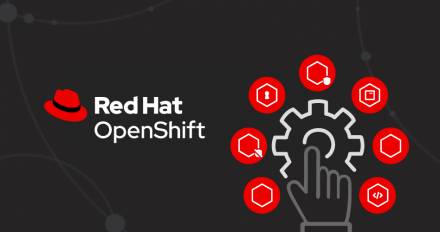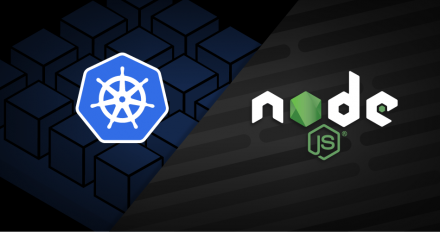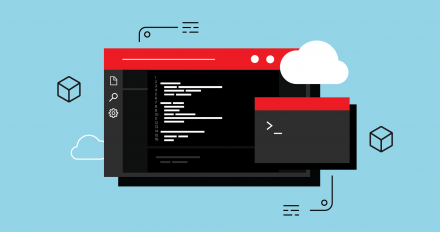
Bind services created with AWS Controllers for Kubernetes
A 6-step demonstration of resources deployed on Amazon Web Services (AWS) using AWS Controllers for Kubernetes (ACK) with the Service Binding Operator.

A 6-step demonstration of resources deployed on Amazon Web Services (AWS) using AWS Controllers for Kubernetes (ACK) with the Service Binding Operator.

What's the best structure for your GitOps repository? Explore best practices and options for setting up your repos, plus examples to get you started.

The Red Hat OpenShift 4.11 console includes the long-awaited dark mode, resource quota visibility, and other usability improvements for developers.

This is the third and final article in a three-part series introducing kube-service-bindings for Node.js developers on Kubernetes. Together with the Service Binding Operator (SBO), kube-service-bindings makes it easier to share credentials for services with your applications.

This is the second part of a three-part series explaining how to bind easily to databases and other backing services from Node.js applications running in Kubernetes.

Many applications need a database or other backing service. kube-service-bindings and the Service Binding Operator make binding much easier.

Online events and regional events held around the world with Red Hat's Developer Advocates.

Security policies can be deployed through CI/CD and Red Hat Advanced Cluster Security for Kubernetes. Read on to learn how.

MicroShift is a low-footprint alternative to OpenShift. Learn how to enable it to take advantage of GPU computing power.

Learn how a Kubernetes platform with software-defined storage supports a multi-cloud strategy for SaaS applications that run in the same physical locations as end customers' data.

This second article in a series shows how to create AWS services and interact with them via Operators. See how it works.

This article is part of a series on Java Operator SDK, and covers how to write the controller in the Operator.

Major upgrades have arrived in Red Hat OpenShift Dev Spaces 3.0. Learn about the new workspace engine and discover how it benefits users and admins.

Rate limiting protects your services from excessive demand. This hands-on activity shows how to implement it in a Java application using Redis.

Discover what’s new in the Red Hat OpenShift 4.10 console. Explore Serverless and Eventing features, OpenShift Pipelines enhancements, and much more.

Use the Java Operator SDK and its Quarkus extension to build a sample application as you take a deeper dive into writing Kubernetes Operators in Java.

Simplify Kubernetes Operators creation by using the Java Operator SDK. Learn what Operators are and why Java can help both novices and experts in working with them.

Follow these steps to analyze, containerize, and deploy a JBoss EAP application to OpenShift, with some modifications to use MySQL as the database.

Discover the benefits of migrating JBoss EAP workloads to OpenShift, including reduced costs, improved resource usage, and integrated monitoring and metrics.

Discover how on-premises software is run as a service using Red Hat OpenShift's cloud-based Assisted Installer. Learn about its high installation success rate.

Learn how to install the Service Binding Operator for Kubernetes and Red Hat OpenShift. Then, use it with PostgreSQL from a simple Quarkus application.

Explore new language features introduced in Java 17 and learn how to optimize them in Quarkus. This tutorial offers hands-on examples to get started.

Learn about new features in OpenShift's Web Terminal Operator 1.4. Install it in any namespace by creating an operator group and a subscription through YAML.

Learn how to use Red Hat OpenShift ConfigMap to preconfigure custom event templates in Cryostat 2.0. Discover how to add a ConfigMap to the Cryostat Operator.

This quick tutorial shows you how to bind services to your Kubernetes clusters using the Service Binding Operator and a RabbitMQ message broker.